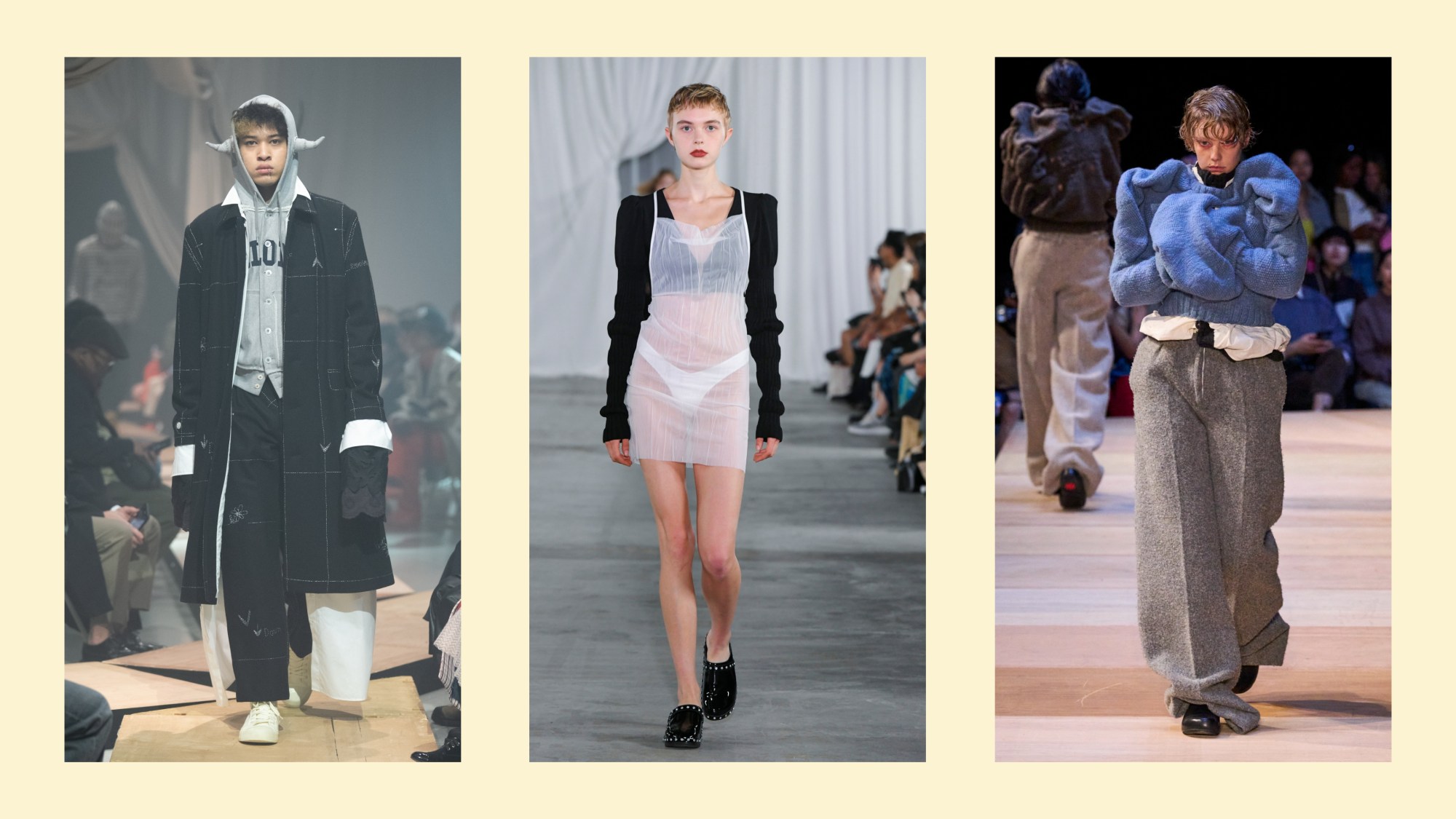If you want to see the best fashion designers in Japan, you go to Paris — or so the party line goes. For the most part, it’s not an unfair position. Yohji Yamamoto and Comme des Garçons’ Rei Kawakubo (both now in their early eighties, both still actively designing!) have been mainstays on the Paris Fashion Week schedule since they shocked audiences with their clothes in the early 1980s, while more recent exports like Jun Takahashi of Undercover and Chitose Abe of Sacai have established themselves as designers who will define their generation in Japan. Newer still are the LVMH prize winners Doublet and Tomo Koizumi, and CFDA finalist Kozaburo, who have made international waves in recent years, and have shown in Paris, Milan and New York respectively.
But what of the domestic talent that hasn’t yet spread its wings abroad; the under-the-radar names that will influence how the world sees Japanese fashion when the old guard makes way? To understand who those future cultural catalysts are, forget the Big Four! You need to come to Tokyo.
Thanks to a bold retail scene that allows creative fashion talent to thrive in the city, plus boundary-pushing new-wave schools like Coconogacco – which for the past decade has been nurturing creative talent in Tokyo – there’s a burgeoning wave of under-the-radar Japanese designers whose names the wider fashion industry is yet to discover. Below, an introduction to eight of them.
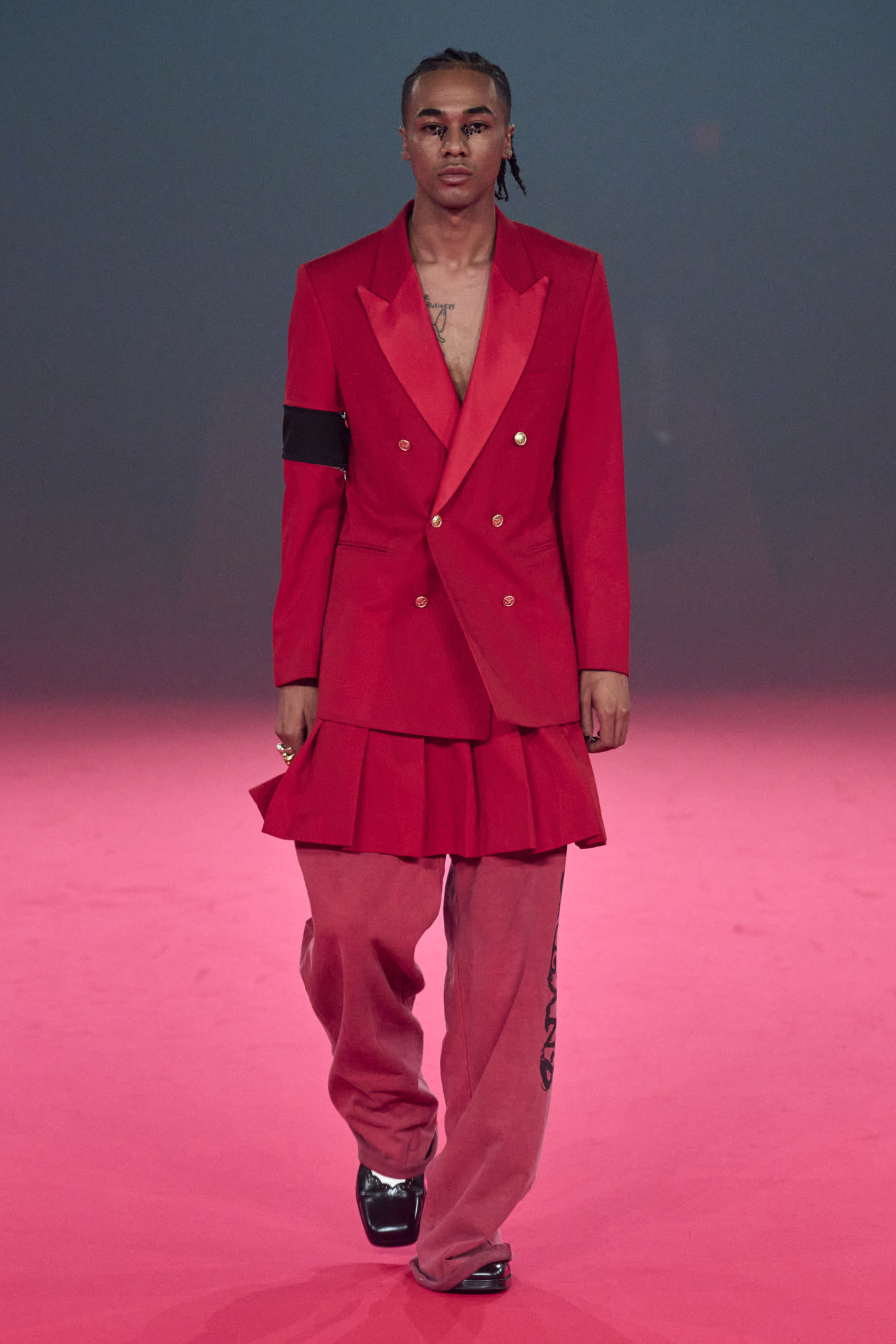
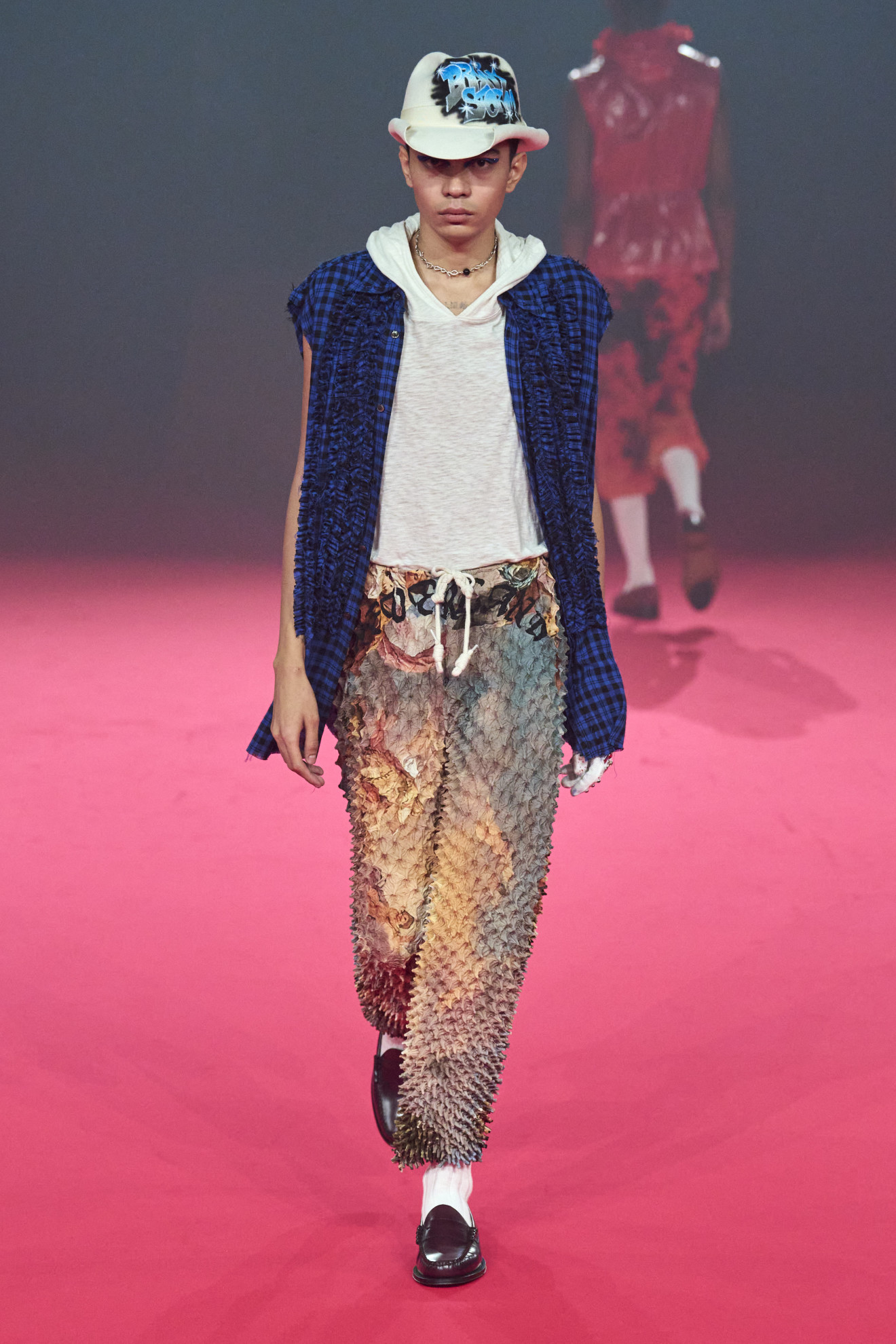
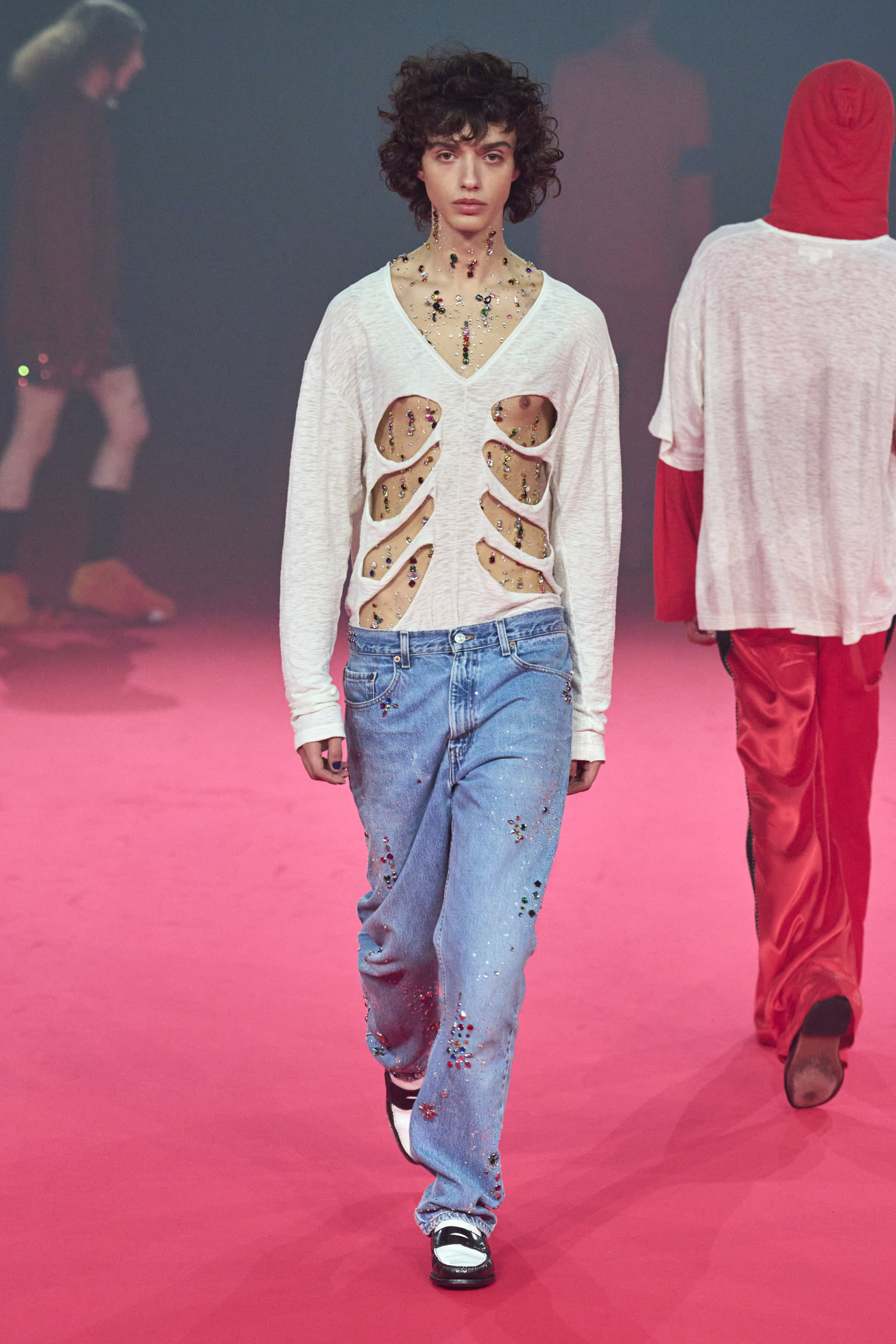
MASU
Its name may be derived from the polite honorific ‘-masu’ that appears everywhere in the Japanese language (arigatou gozaimasu!), but MASU is anything but polite. With designs that are punchy, bright and subversive, 31-year-old Shinpei Goto creates clothes that, above all, are stage-worthy. No wonder MASU is appearing with increasing frequency on the backs of hip-hop royalty including A$AP Rocky, JP The Wavy, and the Spanish rapper Bb Trickz. Riding on tropes of fashion nostalgia, there’s a clear Y2K bent to Goto’s work, but there’s something about the velvet bomber jackets, 90s popcorn tops, and gem-embellished denim that feels wholly new. And, as the 2023 winner of the Fashion Prize of Tokyo (one of Japan’s most notable fashion accolades), things for MASU are comfortably on the up.
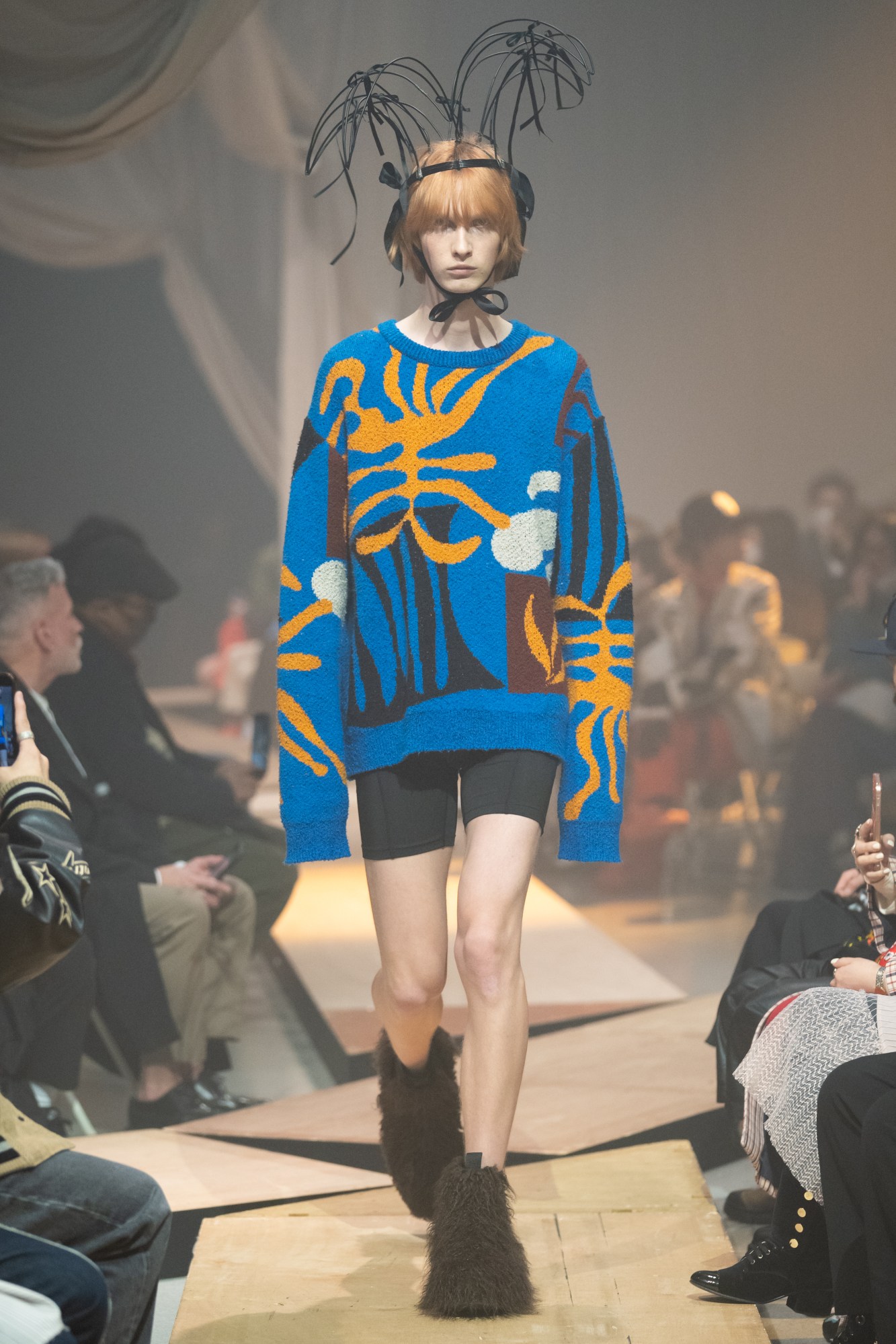
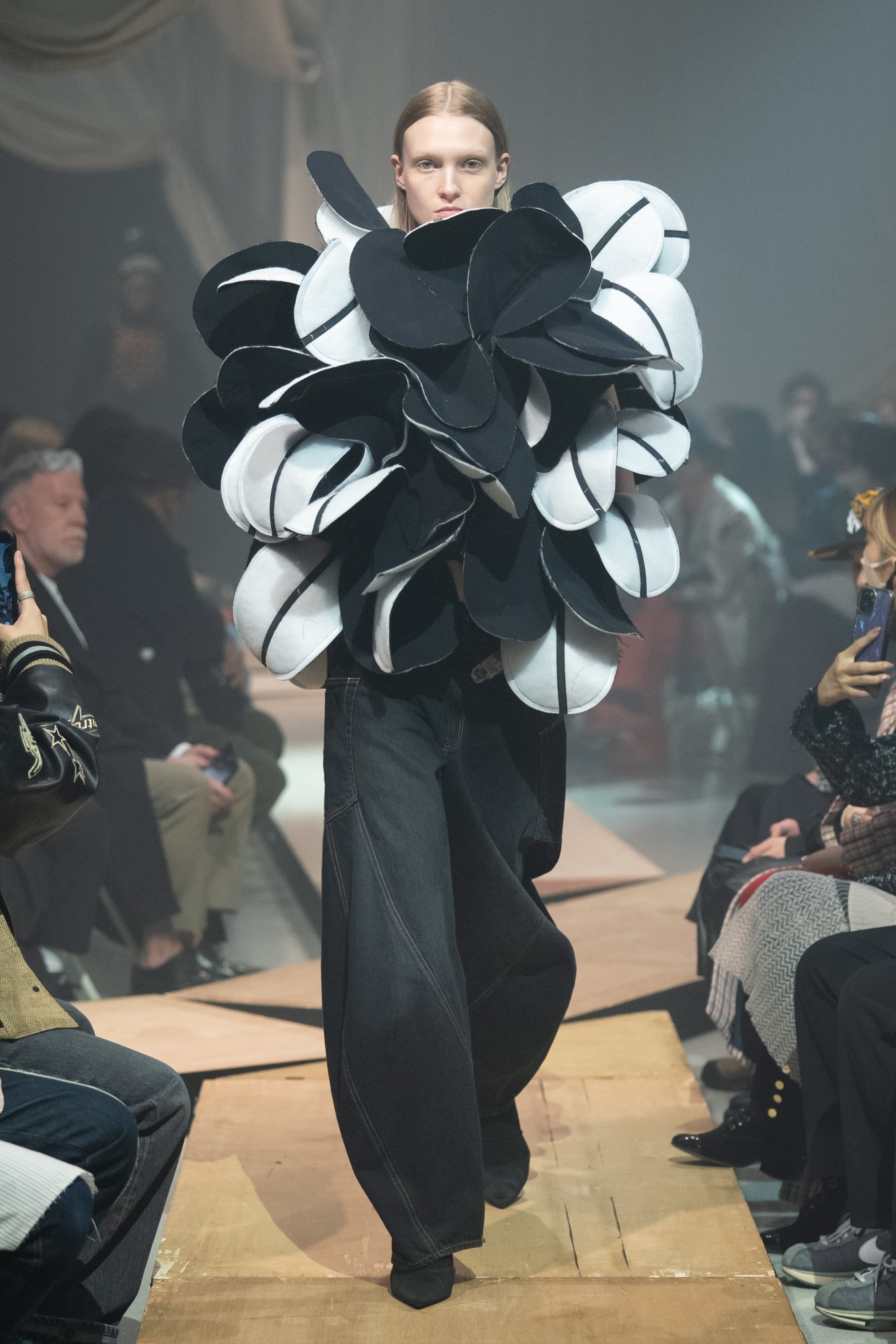
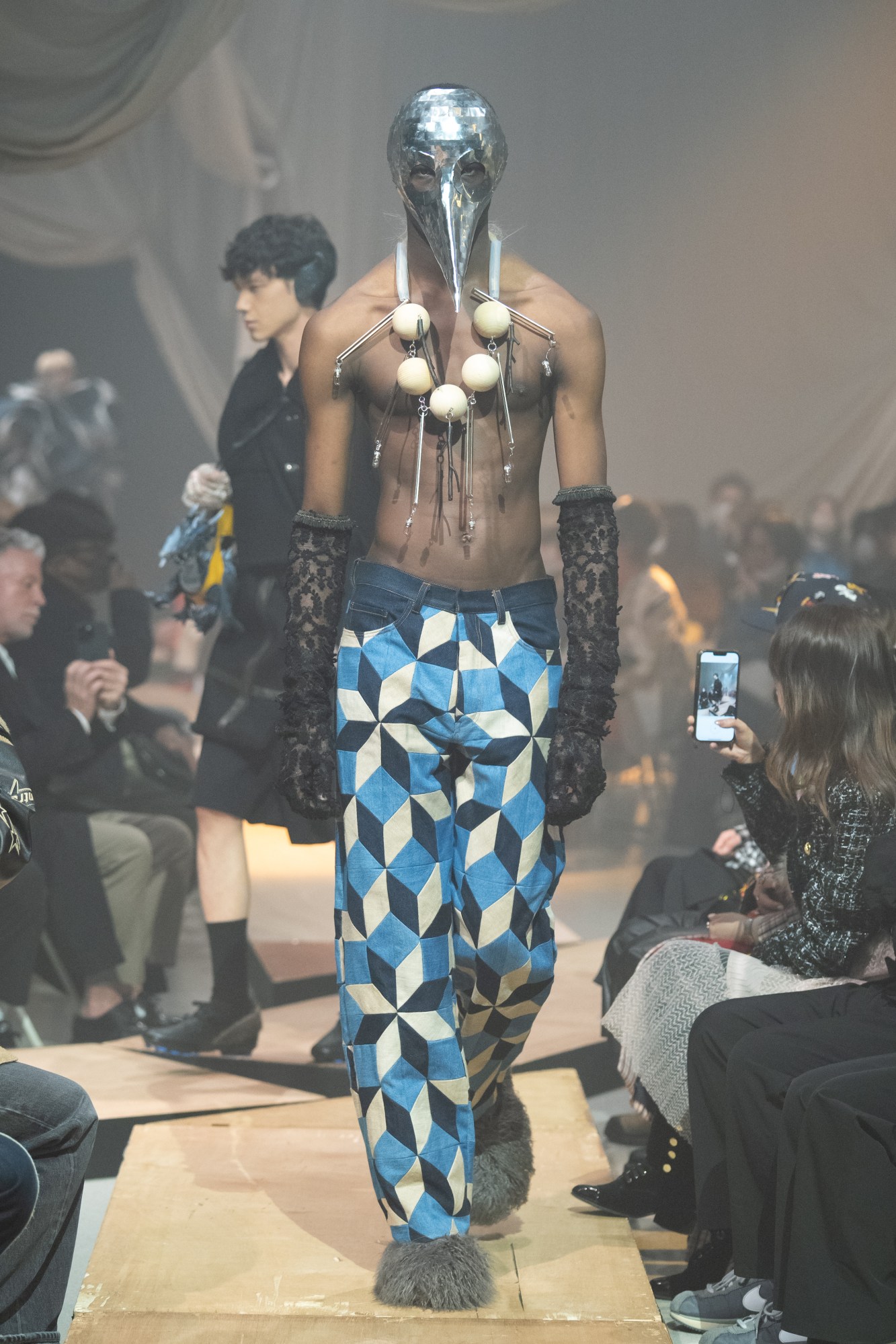
Khoki
Khoki is an anonymous design collective, but another Vetements this ain’t. Founded in 2019 by a group of scrappy millennials who honed their fashion skills at Japan’s most storied design houses, and who don’t publicise their names so as to be judged by their design chops alone, the Khoki team make coolly casual clothes that span everything from Matisse-inspired intarsia knitwear, to track jackets decorated with American quilting. Known for their innovative patchwork, plus some gloriously freakish feats of pattern cutting, Khoki combines hardcore design know-how with light-hearted frivolity. Their website, EYE, is downright strange but always fun to browse, and sells everything from old doors and vintage sneakers to dried flowers, plus the brand’s latest collections.
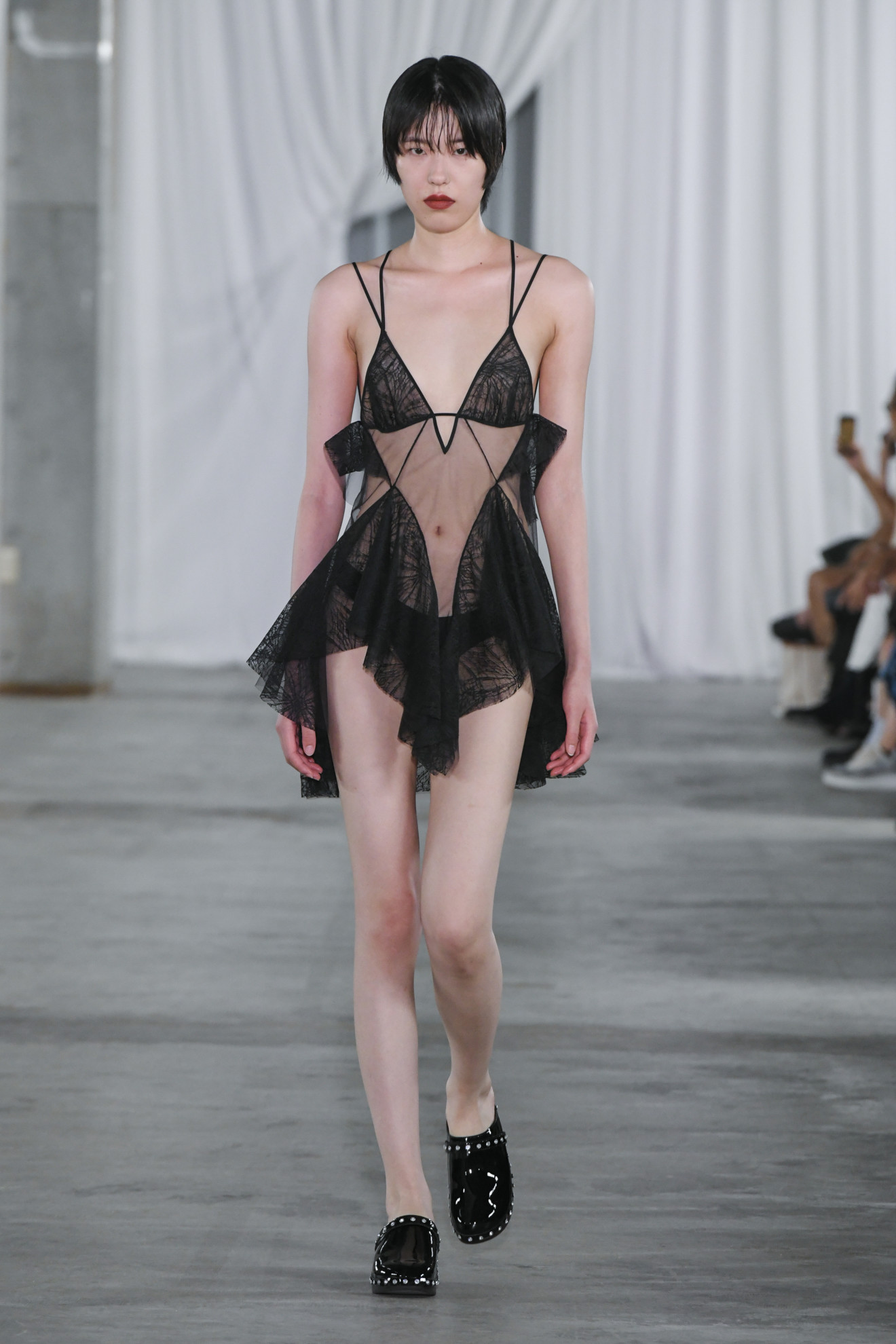
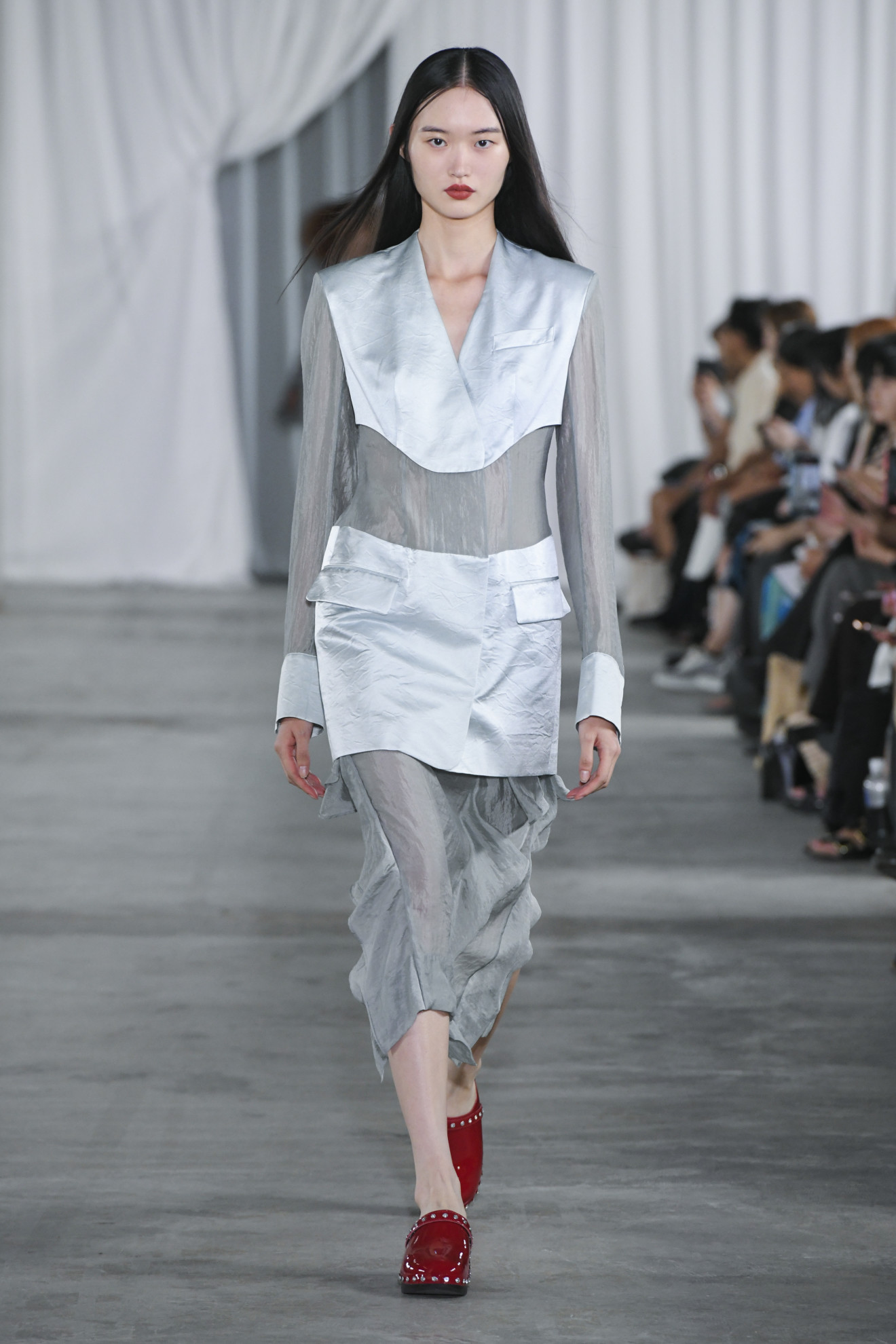

Fetico
Fashion designers in Japan may have built a reputation for being innovative and avant-garde, but rarely would you call what they do sexy. Emi Funayama is changing that, with seductive, fetish-inspired clothes under her brand Fetico, which she founded in 2020 for confident women who want to be subtly sexy, but — especially in relatively conservative Japanese society — can’t find clothes that allow or encourage them to be. With a vaudeville vibe that takes aesthetic cues from muses including Liza Minelli’s Sally Bowles and the Hong Kong actress Faye Wong, Fetico makes flashing skin feel sophisticated.
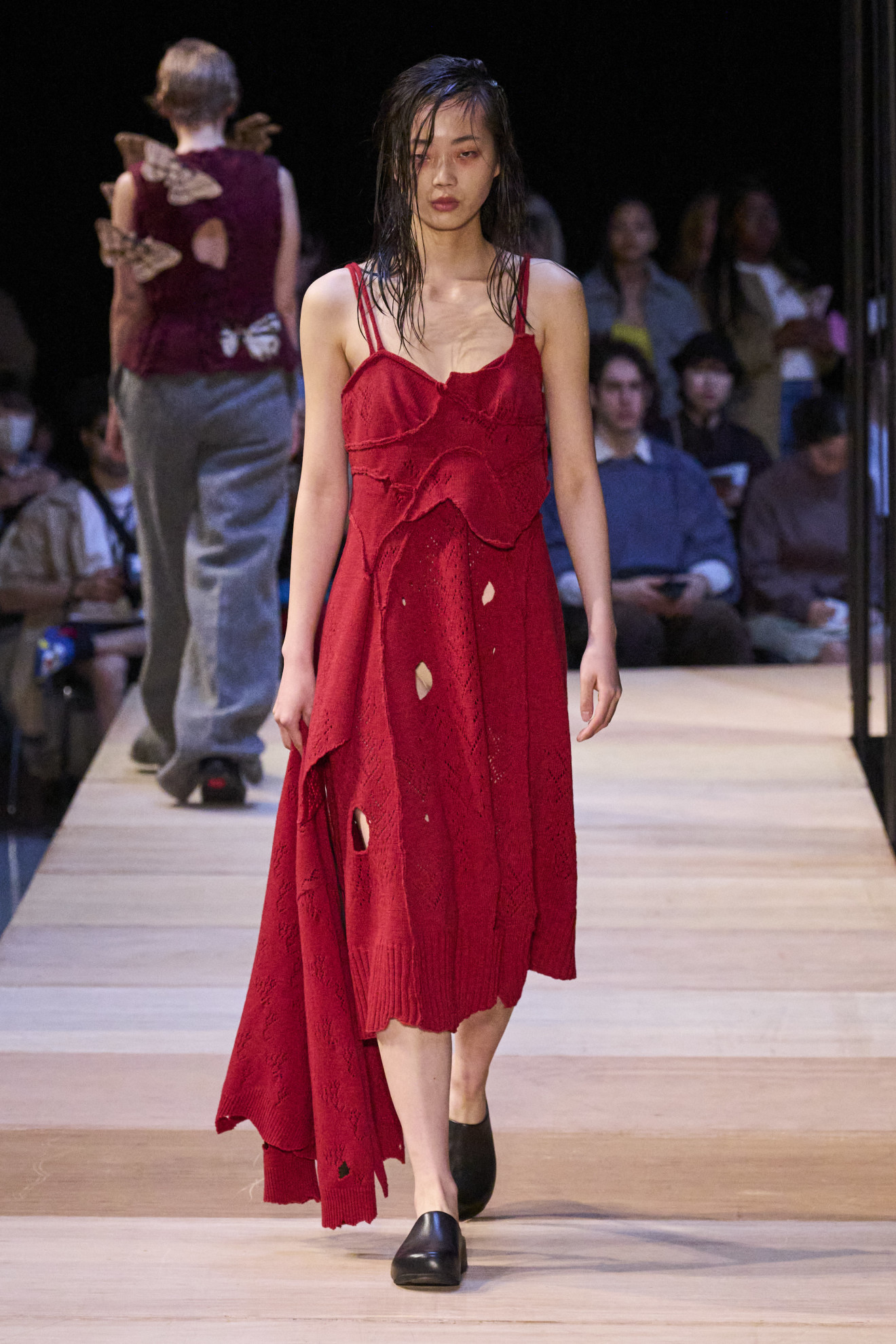
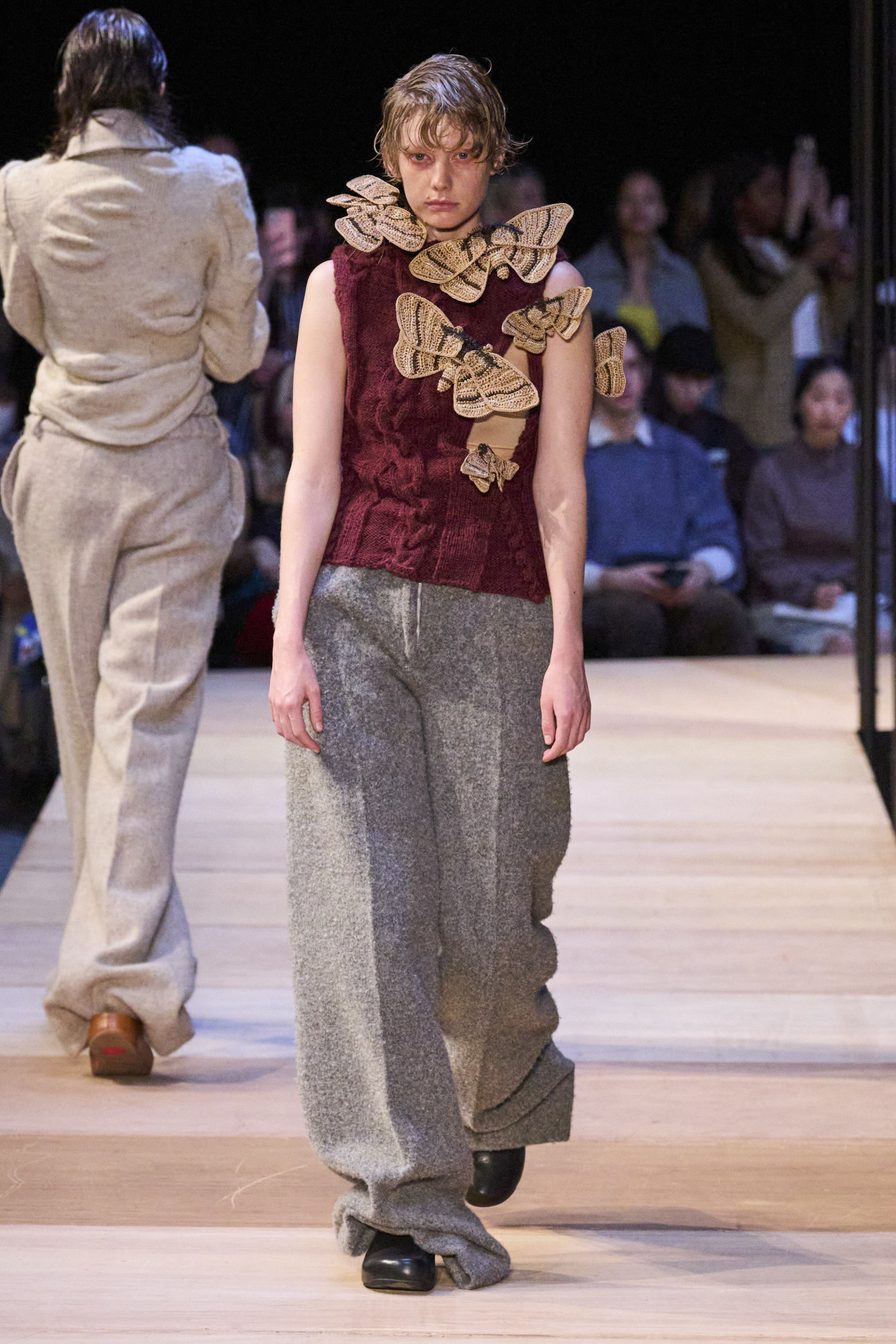
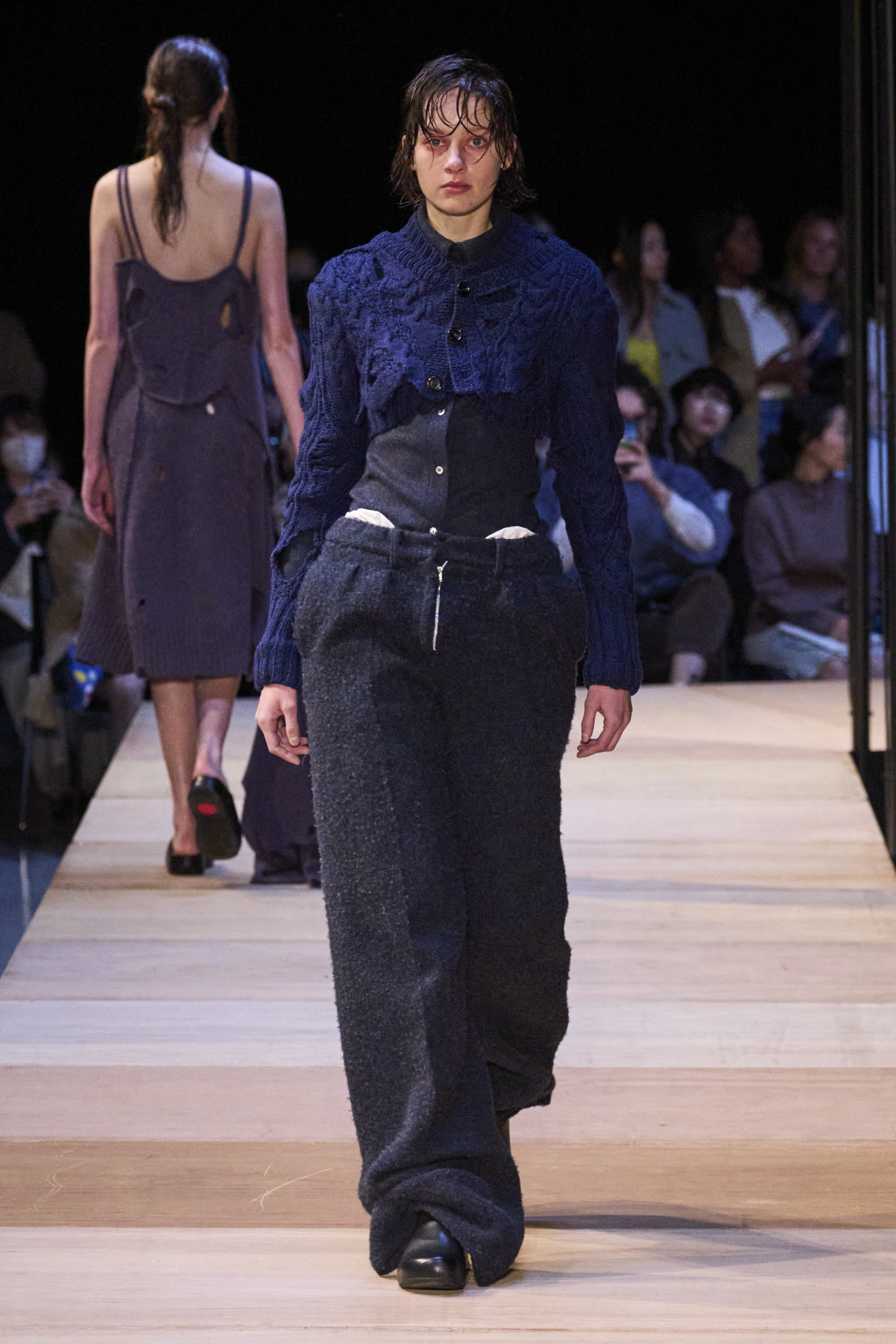
Pillings
Founded in 2014 by Osaka-born designer Ryota Murakami, who originally started designing alongside his knitting-whizz mother, Pillings is heart-warmingly named after the bothersome little bobbles of fluff that appear on well-worn sweaters. This sense of finding joy in the under-appreciated is key to Murakami’s designs, which are intentionally misshapen or warped to reflect the beauty in awkwardness, and in recent seasons have started to take off. Case in point: Pillings’ AW23 collection was inspired by moths, which for any other knitwear designer would surely be public enemy number one, but for Murakami are kindred spirits because they’re not very popular with people (he was bullied at school for wearing the sweaters his mother knitted him). His lumpy knits are made with seemingly random pockets for the wearer to hug themselves, while dresses appear moth-eaten or unfinished; the end result is intentionally off-kilter, and always endearing.
Gurtwein
The lovechild of designer couple Teruhiro Hasegawa and Wing Lai, Gurtwein makes the kind of clothes that would look at home both at a techno-rave and a very fashionable funeral. Grads of Central Saint Martins, the pair held top design positions under Riccardo Tisci at Givenchy and Burberry before moving to Japan and striking out on their own in 2020. Now based in the countryside of Aichi prefecture, near many of their suppliers, the brand brings a unique flavour of womenswear to Japan. Fusing a gothic romance (that they clearly learnt from Tisci) with a cyberpunk sensibility that is wholly their own, the duo cites anime and video games like Final Fantasy as inspiration, with dramatic black veils, acid green technical wear, and villain-worthy gowns all part of the mix.
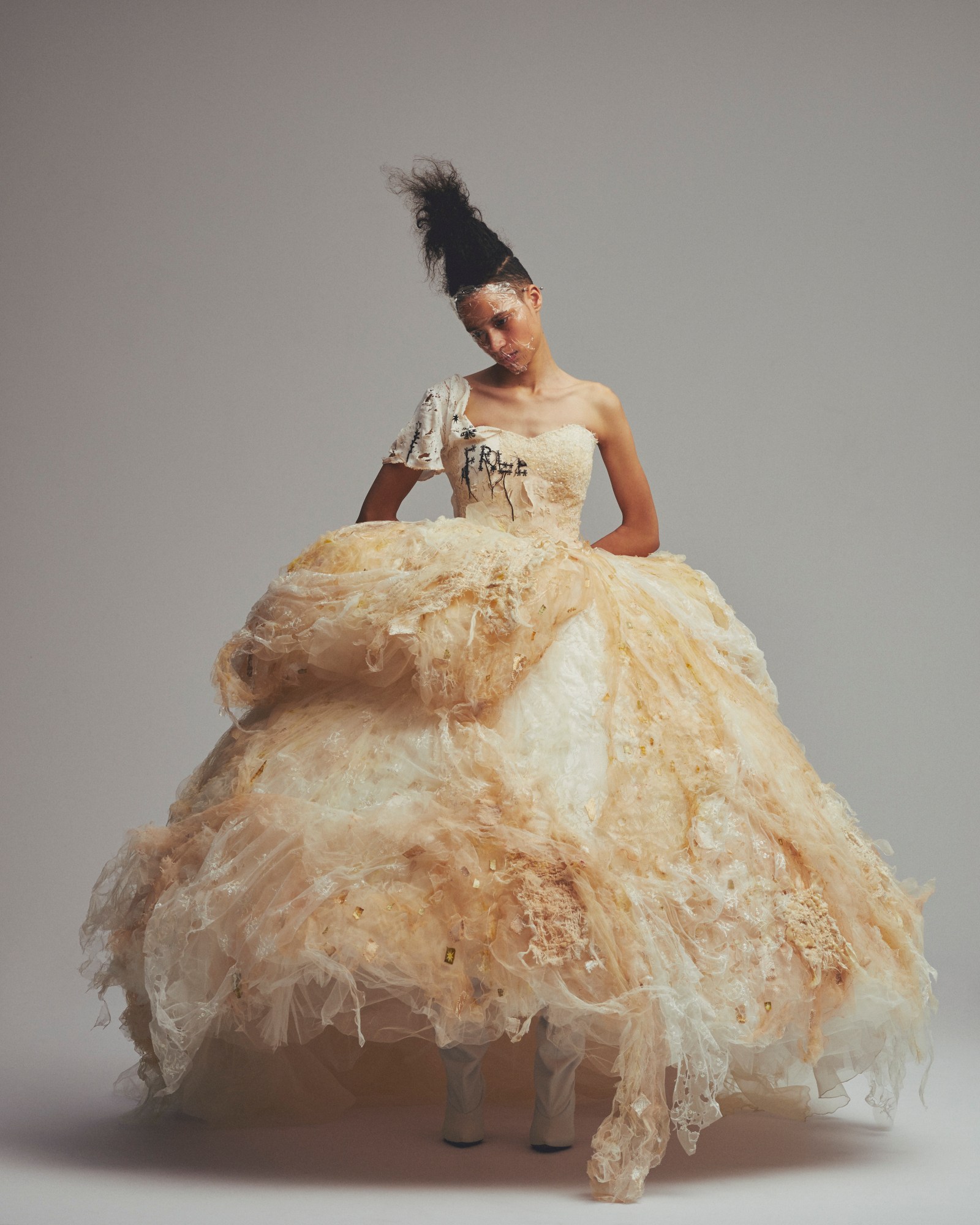
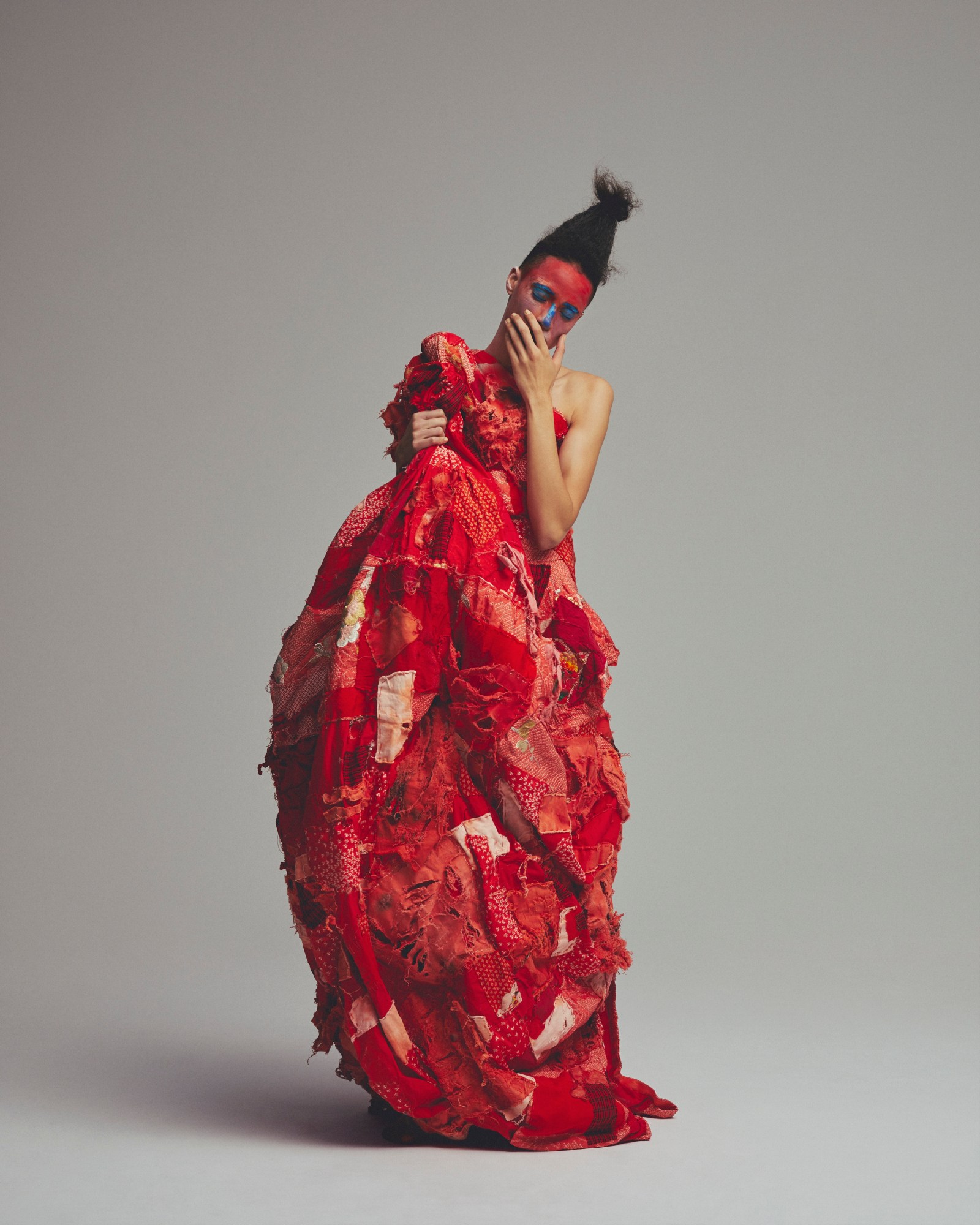
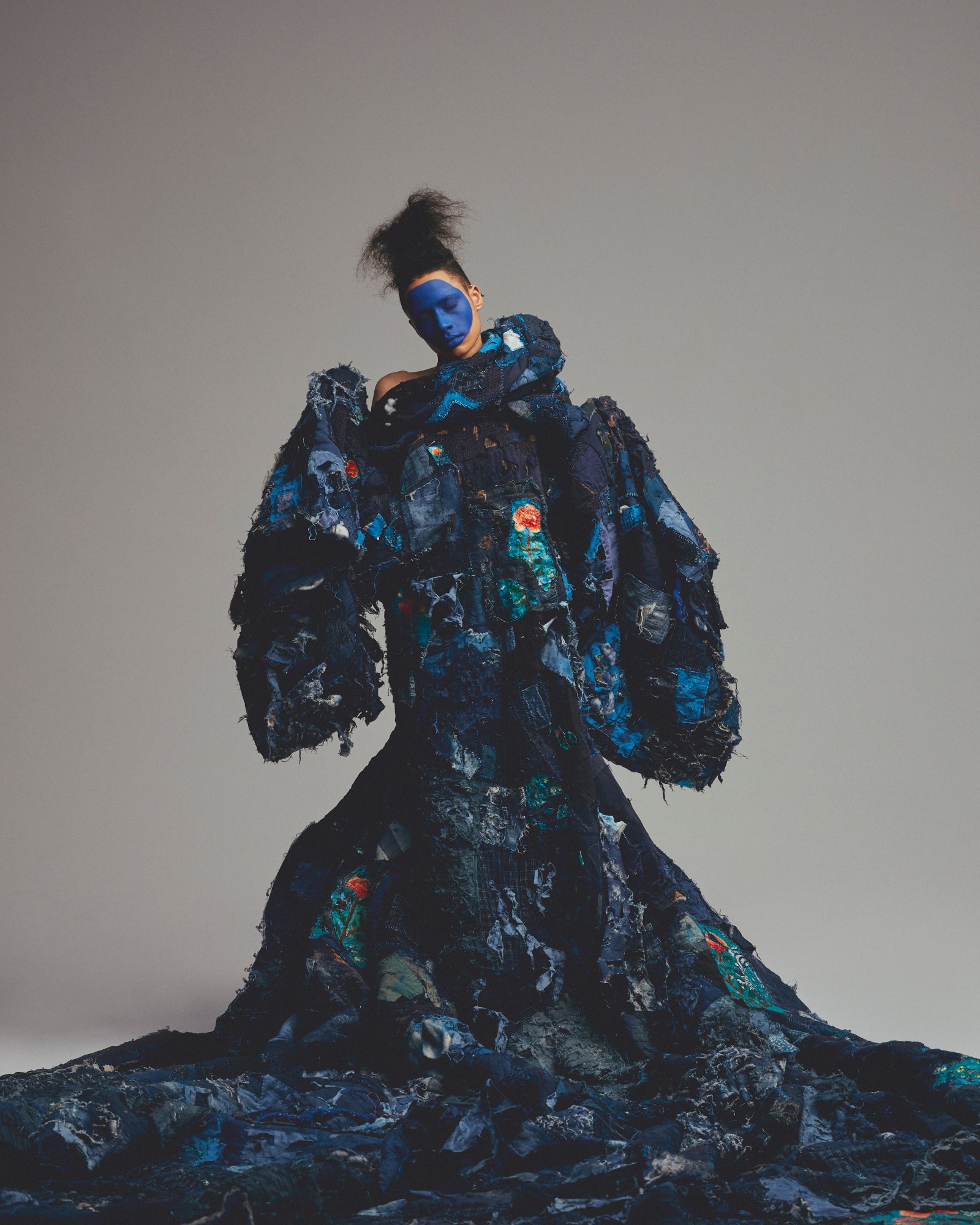
Hana Yagi
Hana Yagi is something of a fashion Dr Frankenstein, and a basic bridesmaid’s worst nightmare. Upcycling discarded wedding dresses that she sources from Japan’s huge bridalwear rental market, Yagi slices, mutilates and dyes the original garments before piecing them together into violently fantastical, editorial-worthy that she intends as a war cry against the stifling expectations women face in Japanese society. A graduate of Coconogacco, Hannah Yagi was International Talent Support’s youngest-ever fashion finalist when she was only 19. Now 24, the designer is still in the infancy of her career, but her passionate approach and steely self-confidence sets her apart as one of Tokyo’s most exciting Gen Z fashion talents.
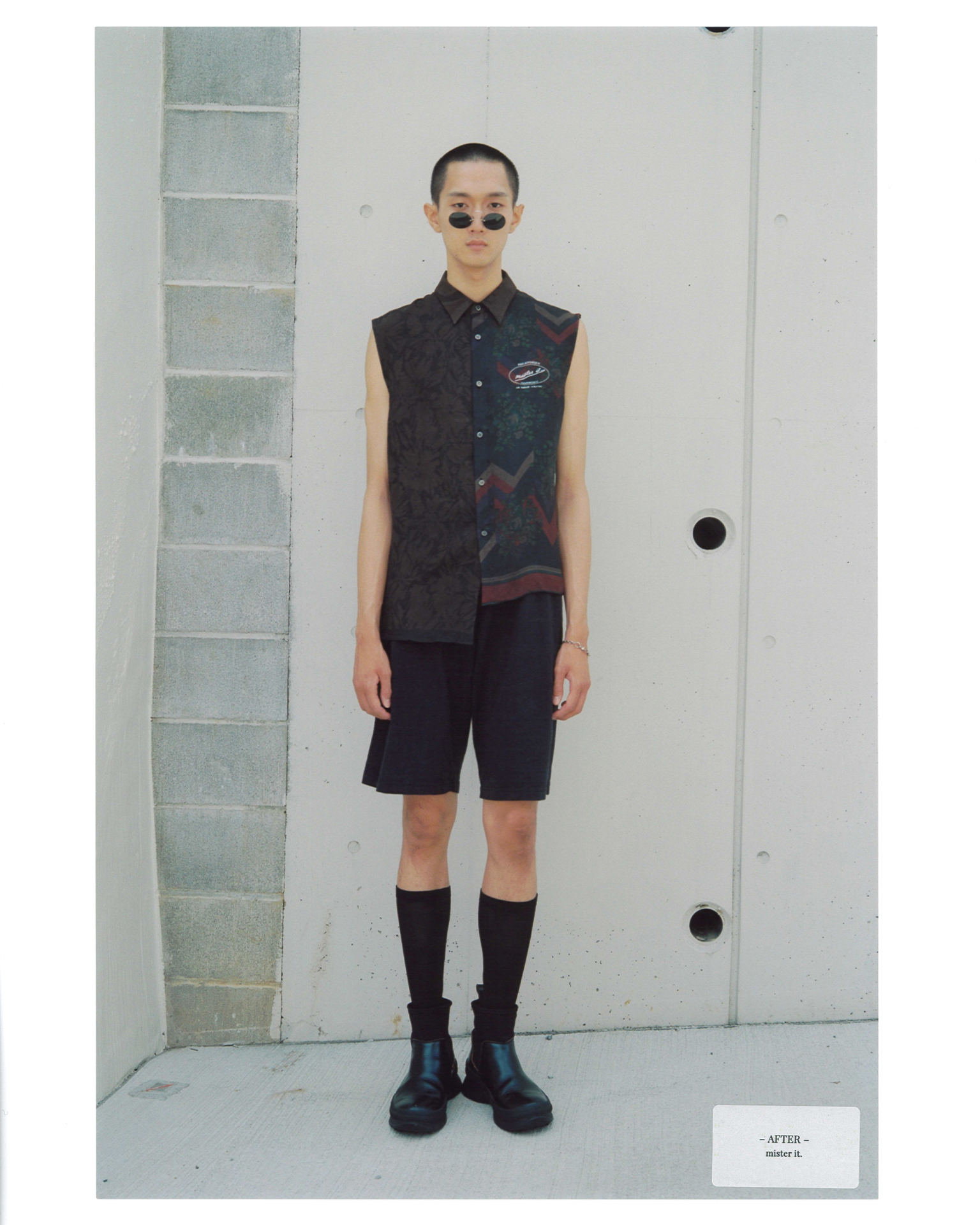

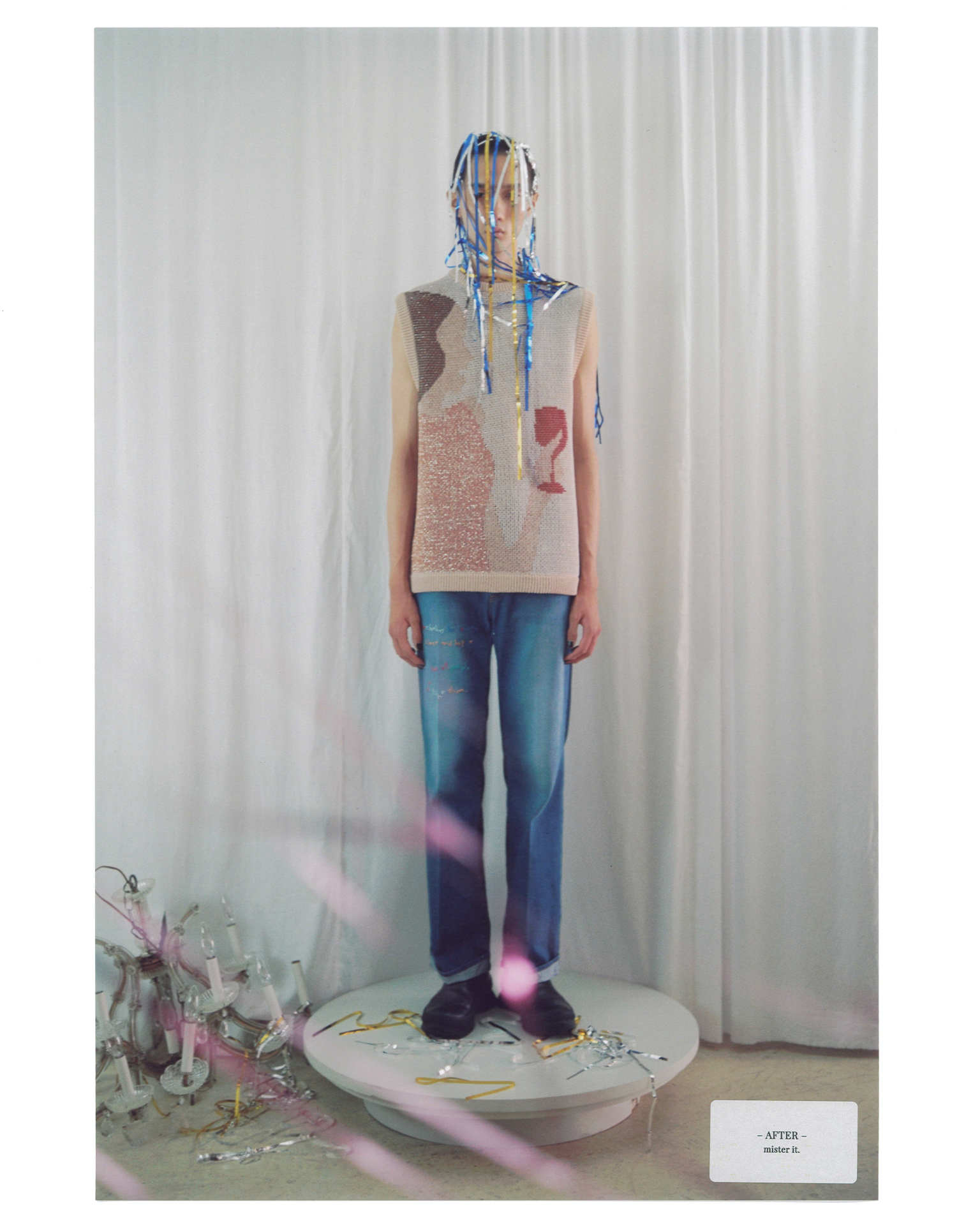
Mister It.
A protege of John Galliano at Maison Margiela, where he worked for six years on the main collection and the haute couture, Takuya Isagawa’s resume is an impressive one. After cutting his teeth (and plenty of toile) in Paris, he returned to Japan in 2018 to launch his own brand, Mister It., taking all that he learned about elegance and sophistication in high fashion’s crucible and adapting it to create what he calls “accessible haute couture”. In real terms, that means Isagawa bringing his fastidious attention to detail to clothing that is easy to wear and authentically utilitarian, like a jacket with tens of pockets that he designed for a pattern designer friend. Mister It. is also refreshingly cheeky: hearts are literally worn on shirt sleeves, baseball cap brims are weirdly elongated, while banal items like fast food cups appear covered by fabrics blended into coats, inspired by the French art of cartonnage.
Tamme
Tatsuya Tamada is a softly-spoken designer from Fukushima with a penchant for super-hardcore utilitarian wear. There are zip-laden trousers, floor-length macs, and military-coded jackets that are cut asymmetrically with extra flaps or festooned with hardware, alongside deconstructed sweaters and knitted aviator caps. A former designer for Sacai, he learned the ropes under Chitose Abe, known for her technical prowess, and created his own brand Tamme in 2021. Tamada’s POV is a little harsher than Sacai’s, and he takes cues from Serbian military garb and uniforms from the Royal Air Force, giving everything a bleak (but chic!) gorpcore vibe.
